Why Some Organizations Excel at Change Where Others Fail
Photo by Joshua J. Cotten on Unsplash
Over the course of my career in change, I’ve noticed that some organizations just handle change better than others. You might say that this could be because they have great change leaders, or they managed the change better. Its something that I’ve encountered many times in different organizations and its gotten me thinking about how culture and change interact.
Culture is a key element of Connected Change ™ and it is through understanding culture and building the change around it that we see truly lasting and impactful results. I’ve spoken on Change Course (the podcast) about how culture can sabotage change efforts, and how to build culture into change planning and execution in Connected Change ™ but how does individual personality play into how culture is expressed and how well the organization does at change?
We know that culture is driven by the purpose of the organization. Therefore, if the strategy and purpose of the company relies on innovation and problem solving, for example, a start-up or tech company may fall into this category. The individuals attracted to this type of organization will be focused on these things and excel at them. Change is part of the company, the job and the day to day operations. So, change might feel easier in these kinds of organizations. On the other hand, companies that are focused on standard delivery, production to high standards, and consistency will attract employees that are good at these things and like this kind of environment. If the company itself is focused on minimizing change, they won’t do as well, and their people will also have a harder time.
I recall a recent organization that I was working with that was undergoing a cultural transformation. In order for the company to survive, thrive and compete, they needed to shift focus from service delivery to service and product innovation. As they went through downsizing and reorganization, I worked with each department individually to help them navigate their way through change. Departments and teams that were already focused on the future model and were starting on innovation and product development had an easier time with change. Change was already a part of the work they did and so understanding how things were shifting was easier to adjust to. They already had the tools.
The most challenging were the teams and departments in the organization that were being asked to shift focus into a more innovative mindset. Their roles focused on maintaining standards and operations. For them, job loss, and reorganization was difficult. To help them navigate the change, we needed to start with the loss of their feelings of safety and security, and that their day-to-day jobs would be different.
All of this happened within the same company! And it illustrates how culture, personality and change can interact to create an easier or more difficult change experience. Understanding the dominant personality type in your organization or department can lead to more effective strategies to manage and implement change.
Looking for more? Listen to the Change Course podcast or sign up for the Navigator Newsletter!

